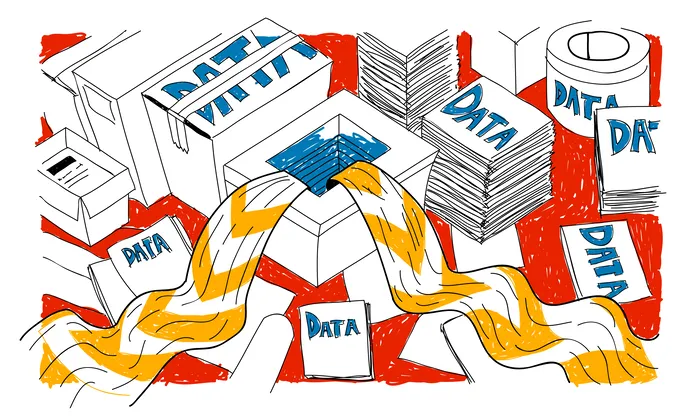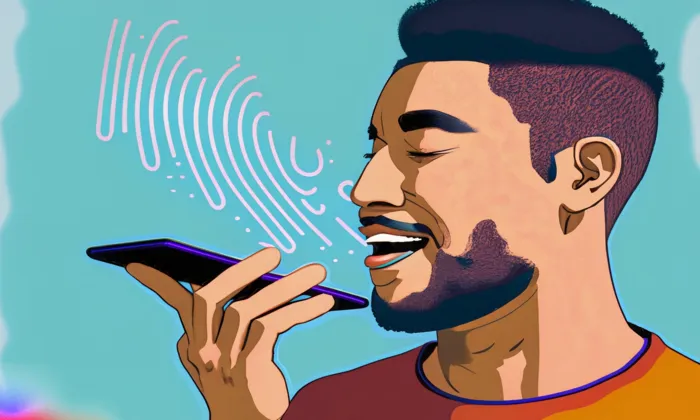Why is doctor dictation data crucial for medical ASR systems?
ASR
Healthcare
Speech AI
Doctor dictation data is a cornerstone for medical Automatic Speech Recognition (ASR) systems, playing a pivotal role in enhancing their accuracy and functionality. Understanding its significance involves exploring its unique characteristics and how they improve ASR technology in the medical field.
Defining Doctor Dictation Data
Doctor dictation involves audio recordings where clinicians verbally document medical notes, such as patient histories and treatment plans, in a structured monologue format. Unlike conversational data, these recordings are dense with medical terminology and include natural speech patterns, like hesitations and corrections. This specificity makes doctor dictation data ideal for training ASR systems to accurately transcribe and interpret medical language.
The Importance of Doctor Dictation Data
- Enhancing ASR Accuracy: Medical ASR systems benefit immensely from the rich medical vocabulary found in doctor dictation data. This specialized dataset helps ASR systems learn to recognize and transcribe complex medical terms accurately, reducing errors and improving overall transcription quality. For example, when ASR systems are trained with this data, they can better handle the intricacies of medical jargon, ensuring that critical information is captured correctly.
- Adapting to Diverse Clinical Scenarios: Doctor dictation data encompasses various clinical contexts, from routine check-ups to emergency assessments. This diversity ensures that ASR systems can adapt to different medical specialties and scenarios, making them versatile across real-world applications. For instance, a system trained on diverse dictation data can better handle cardiology-specific terminology than one trained on general conversation dataset.
- Streamlining Documentation Workflows: Integrating doctor dictation data into ASR systems can significantly streamline documentation processes. These systems can automate the conversion of spoken language into structured electronic health records (EHRs), allowing healthcare providers to access patient information more quickly. This efficiency enables clinicians to focus more on patient care rather than administrative tasks.
How Doctor Dictation Data Works in ASR Systems
- Collection and Transcription: High-quality doctor dictation data is collected from licensed clinicians using various recording devices in controlled environments. This process ensures that the data reflects real-world clinical scenarios, including natural speech patterns. Once collected, the audio is transcribed into verbatim and cleaned versions, providing a foundation for training ASR models. This meticulous transcription process ensures that the ASR systems receive precise data for learning.
- Annotation and Contextualization: Beyond transcription, annotating the data with medical terminology and relationships is crucial. This involves tagging specific entities like diagnoses and medications, allowing ASR systems to not only recognize words but also understand their contextual relevance in healthcare. Such detailed speech annotation enhances the system’s comprehension and performance, enabling it to provide more accurate and contextually aware transcriptions.
Common Challenges and Best Practices
- Balancing Data Quality and Diversity: While a large dataset is beneficial, the quality of the recordings is paramount. Poor-quality audio can lead to inaccurate transcriptions, hindering ASR system performance. Ensuring high-quality data, even if it means a smaller dataset, is crucial. Additionally, incorporating a diverse range of speakers in terms of accents and specialties can enrich the dataset, though it requires strategic planning to achieve this without compromising quality.
- Compliance and Privacy:Given the sensitive nature of medical data, compliance with regulations like HIPAA is critical. Implementing rigorous consent and de-identification processes ensures that patient information is protected while still gathering valuable dictation data. Balancing these compliance requirements with the need for authentic data is a common challenge that must be managed carefully.
Doctor dictation data is indispensable for enhancing medical ASR systems, providing the accuracy and context needed for effective transcription and clinical documentation. By focusing on high-quality speech data collection, comprehensive transcription, and precise annotation, teams can leverage this data to significantly improve healthcare outcomes. For AI-first companies looking to implement robust ASR systems, partnering with experts like FutureBeeAI can ensure access to high-quality, compliant doctor dictation datasets efficiently.
FAQs
Q: How does doctor dictation differ from patient-doctor conversations?
A. Doctor dictation is a structured, single-speaker process focused on clinical documentation, while patient-doctor conversations involve interactive dialogues with broader linguistic variability.
Q: What are the main components of a doctor dictation dataset?
A. A doctor dictation dataset typically includes audio recordings, verbatim and cleaned transcripts, optional medical annotations, and rich metadata detailing speaker characteristics and recording conditions.
What Else Do People Ask?
Related AI Articles
Browse Matching Datasets
Acquiring high-quality AI datasets has never been easier!!!
Get in touch with our AI data expert now!








